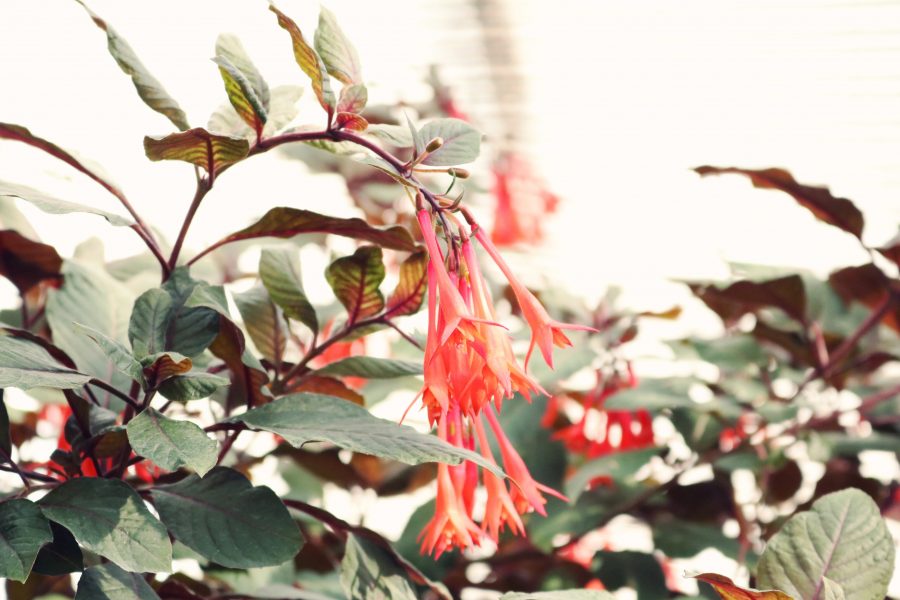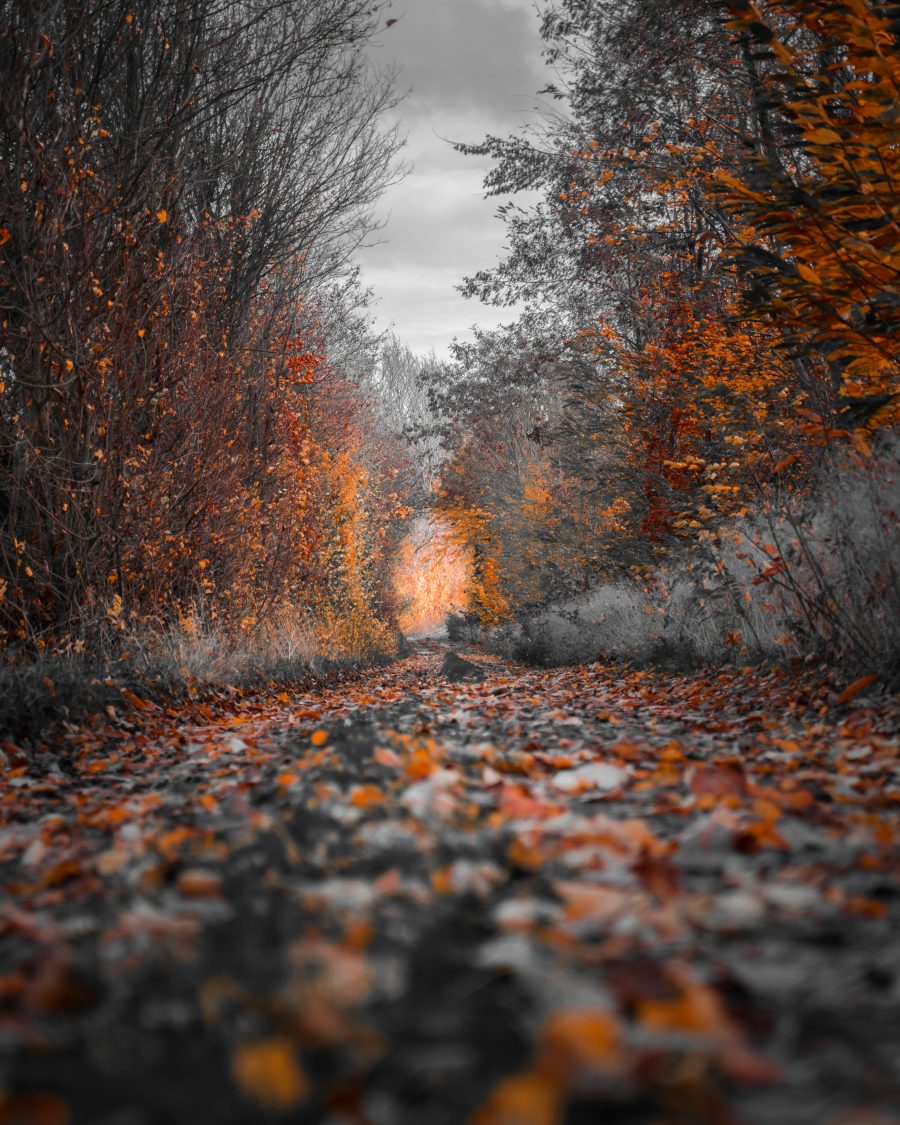Greetings everyone!
I started this blog as a way of sharing information about herbs with people that desperately need them and don’t have the time to read through scientific articles or try them out themselves. I hope it will become a great source of information for both amateur herbalists and pros alike.
I consider herbalism a field of medicine that is constantly in flux. Every year, new studies are published that shed a brand new light on some herbs, whether it is positive or negative. This blog will mostly be focused on information gathered from scientific papers as I have had very negative experiences trusting traditional uses of herbs.
From what I have observed, many herbs that are toxic in some way or another are still incredibly popular, just like there is a plethora of herbs that are completely underrated and barely used by anyone. Toxic herbs come in many shapes and forms, thus I will dedicate one part of this blog for revealing their true nature, namely the Toxicity Segment. It still baffles me that there are still folk herbalists that prescribe toxic or ineffective herbs for conditions that could easily be treated with non-toxic alternatives. It’s almost like most people cannot be bothered to do their own research and prefer to trust others implicitly (this is not to say you should trust everything you read on this blog, but I always try my best to be as accurate as possible). Finding possible side effects and toxicity is kinda like an obsession of mine, so I always welcome any first-hand information that others can provide.
Nature has a cure for everything. If you can’t find it, then it probably hasn’t it been discovered yet or you are not looking hard enough.
Nature has so much to offer and most people who blindly trust conventional medicine are missing out on a lot. Yes, conventional medicine can be good for treating some very acute conditions, but this usually comes with several side effects. If only more people were interested in natural medicine, this world would be a slightly better place. Just think about all the possibilities, so many novel compounds whose applications are still unknown. All the different combinations and possibilities of synergism. Conditions that are currently untreatable in the eyes of doctors could be alleviated or even cured.
Sometimes all it takes is one good piece of information to get better. One herb can make the difference between life and death, especially in third-world countries.
The main part of this blog will be represented by my favorite herbs and their potential benefits that I found scouring the scientific papers and the interwebs (Healing Segment).
You can also expect articles about specific conditions and herbs that may be suited for treating them.
I am just getting started, so feel free to give me suggestions and once I get this running, requests are more than welcome. All your comments are appreciated, so talk to me!
Here is a picture of one wonderful herb to make your day brighter.





